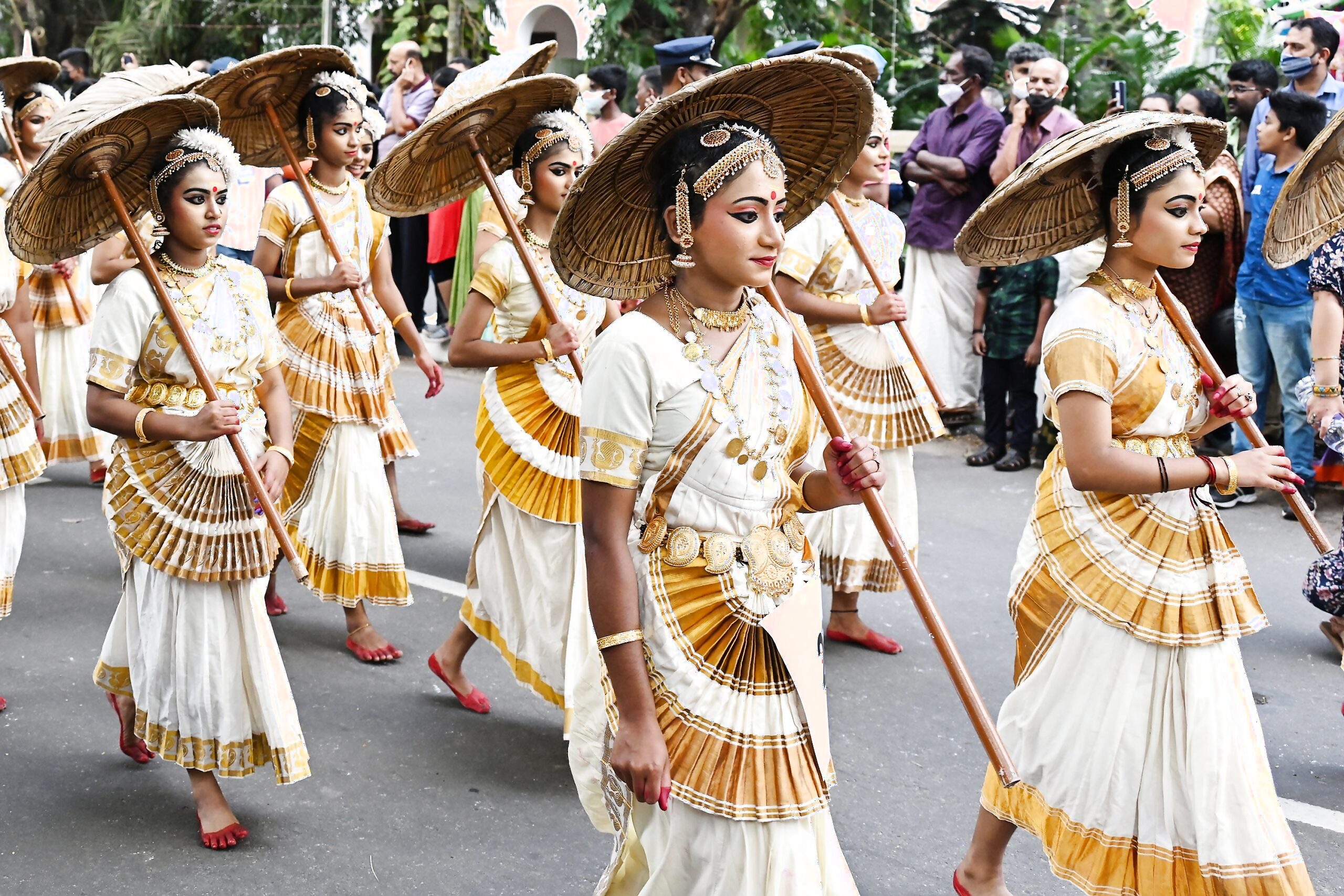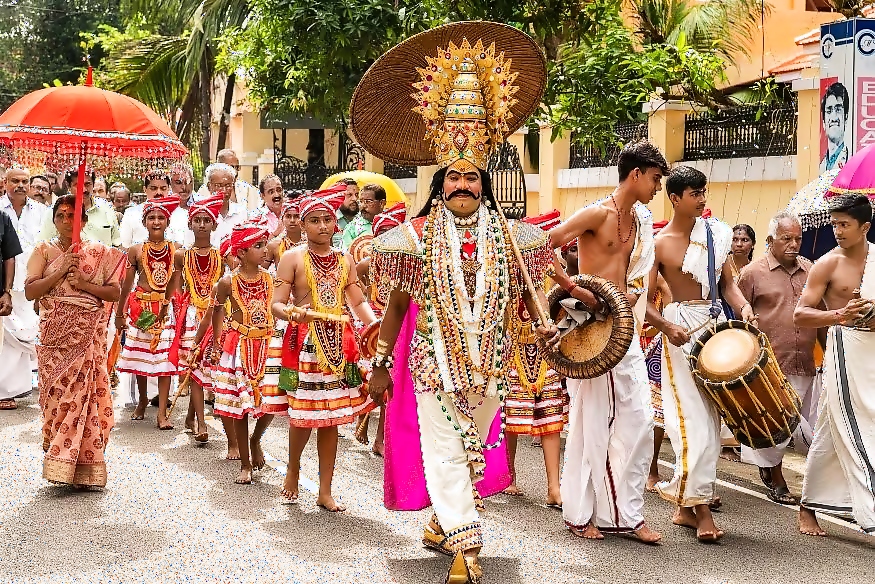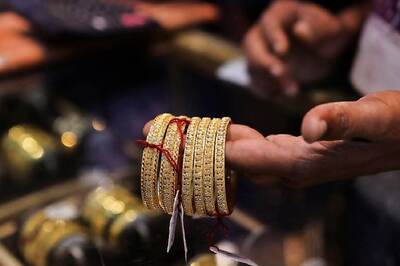
views
Onam is one of the oldest Hindu harvest festivals celebrated in the southernmost Indian state of Kerala. It is the official festival of the state and is widely celebrated among the Malayalis. The main focus of the festival is the homecoming of the mythical king Mahabali, who is said to revisit Earth during the festivities. This year, Onam will be celebrated from September 5 to September 15.
Onam is one of the biggest festivals in Kerala and it is an extravaganza of colours, tradition and culture. While there are so many colours painting the celebrations, white and gold have especially been associated with it.
Why White and Gold?

The colour white, especially in the Kasavu saree of Kerala, symbolically signifies purity, peace and oneness. The pure white background of the saree depicts the message of tolerance and respect the state offers to the varied cultures and traditions. Dressing in white represents the celebration of the culture and the unity of the region.
Gold used at the borders and patterns of Kasavu saree gives a pinch of luxury to the dress. The golden zari work translates to affluence, opulence and harvest season – the festival Onam celebrates. This reflects the golden harvest that farmers are able to get at this time, signalling the onset of plenty.
White and gold are not reserved solely for women’s sarees; even men wear traditional white dhotis with borders in gold.
The History of the Kasavu Saree
The saree, which has a bright, pure white colour body and a traditional golden or zari border has been part of Kerala culture for centuries.
Historically, the threads used in the borders in gold demonstrated prosperity, wealth and luxury.
Later on, due to the increased price and rarity of gold, the artisans used gold and copper-coated silver threads to achieve the gold colour, while the sarees became relatively cheaper.
Origins of Onam

In Hindu mythology, there is a story of King Mahabali, who was quite a kind king and was adored by his people. However, he rose in power up to the extent that even the gods felt threatened by his authority.
Once, Lord Vishnu incarnated himself as a dwarf Brahmin named Vamana and went to the Palace of King Mahabali and demanded three paces of land to be donated for him.
As Mahabali agreed to this, Vamana megarized himself and in two strides he covered the earth and the sky. Mahabali stepped forward and offered his head for the third step which made Vishnu happy as he realised that Mahabali was a generous person.
Satisfied, Vishnu gifted an opportunity to Mahabali to visit Earth once a year and this is celebrated as Onam in Kerala.




















Comments
0 comment